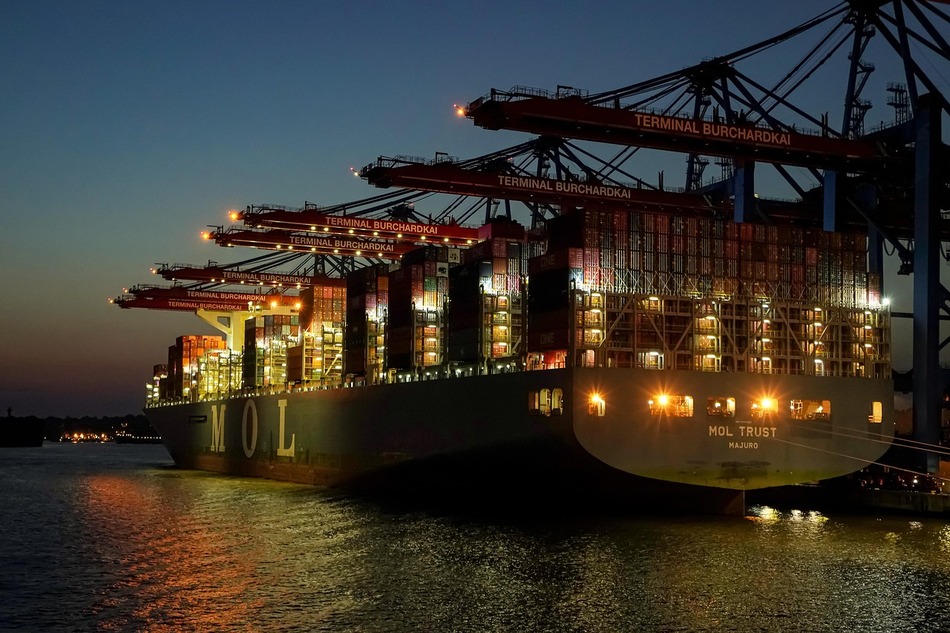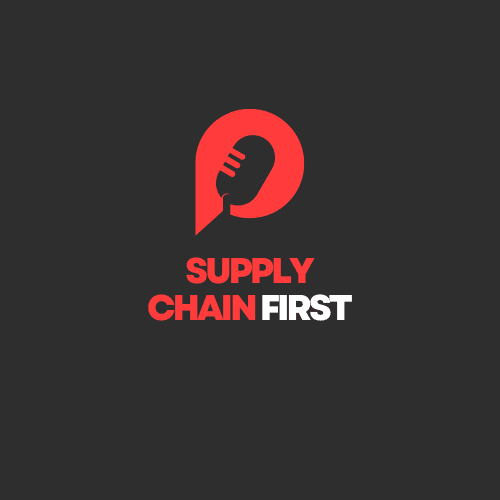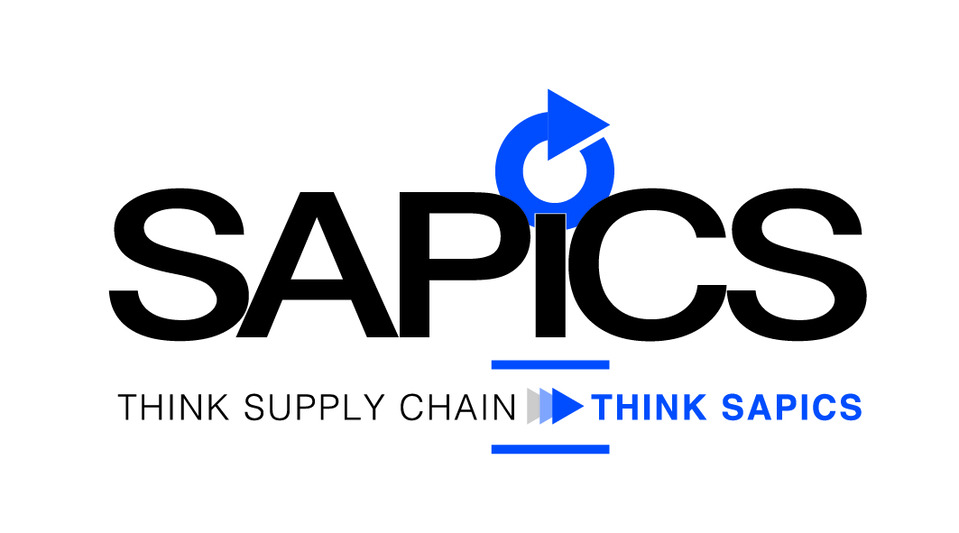Gartner Unveils Top Supply Chain Strategies to Navigate Israel-Iran Conflict Disruptions

As geopolitical tensions between Israel and Iran escalate, resulting disruptions to critical shipping lanes are reverberating across global supply networks. In response, a new report from Gartner outlines a clear mandate for supply chain leaders to act decisively to protect operational continuity while maintaining a competitive advantage.
Rather than responding tactically to short-term disruptions, supply chain executives must adopt a more strategic posture, balancing agility with resilience, and cost control with risk mitigation. Three pivotal actions were identified that leaders must prioritize to ensure stability, responsiveness, and long-term value creation in a rapidly shifting global environment.
Address Escalating Transportation Disruptions Across the Middle East
The first strategic priority for supply chain leaders is to mitigate the rising transportation delays triggered by instability across the Middle East. As shipping routes become increasingly volatile, proactive planning and adaptive logistics strategies are essential.
“As the conflict between Israel and Iran oscillates, CSCOs must leverage the resilience they have built in recent years, recognising that the global significance of this region makes it nearly impossible to avoid adverse impacts, even if only indirect,” said David Gonzalez, Vice President Analyst in Gartner’s Supply Chain practice.
Leaders must assess alternative routes, diversify carrier partnerships, and build greater end-to-end visibility to navigate this ongoing disruption with agility.
Anticipate and Communicate Rising Supply Chain Costs
The second priority is financial foresight. Supply chain leaders must proactively alert CFOs to brace for elevated costs across transportation, energy, insurance, inventory, and technology. The financial impact of ongoing disruptions is already materialising through rerouted shipping, volatile fuel prices, extended lead times, and increasing insurance premiums. In response, many organisations are also holding additional inventory to hedge against future shocks.
“This conflict should serve as a catalyst for improving organizations’ supply chain resiliency plans over the long term,” said Gonzalez.
By aligning early with finance teams, leaders can better manage budget expectations, reprioritise investments, and ensure supply chain resilience is adequately funded.
Reassess and Reinforce End-to-End Resilience Strategies
Finally, Gartner urges supply chain executives to revisit and strengthen their resilience frameworks. This includes revaluating exposure to critical raw materials, ensuring the uninterrupted movement of finished goods, and stress-testing the product portfolio for potential vulnerabilities.
“Ongoing trade disruptions and regional tensions require a renewed focus,” Gonzalez added.
To prepare for escalating uncertainty, organisations should intensify collaboration with finance, suppliers, and logistics providers, reconfirming contingency plans and reinforcing scenario planning at every tier of the value chain.













